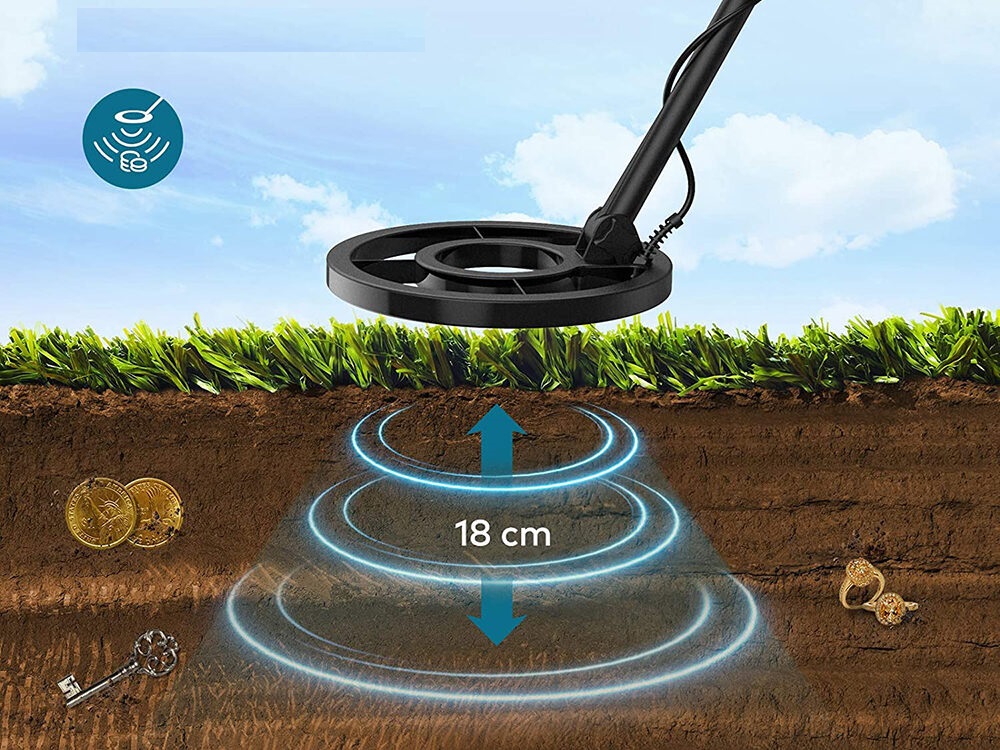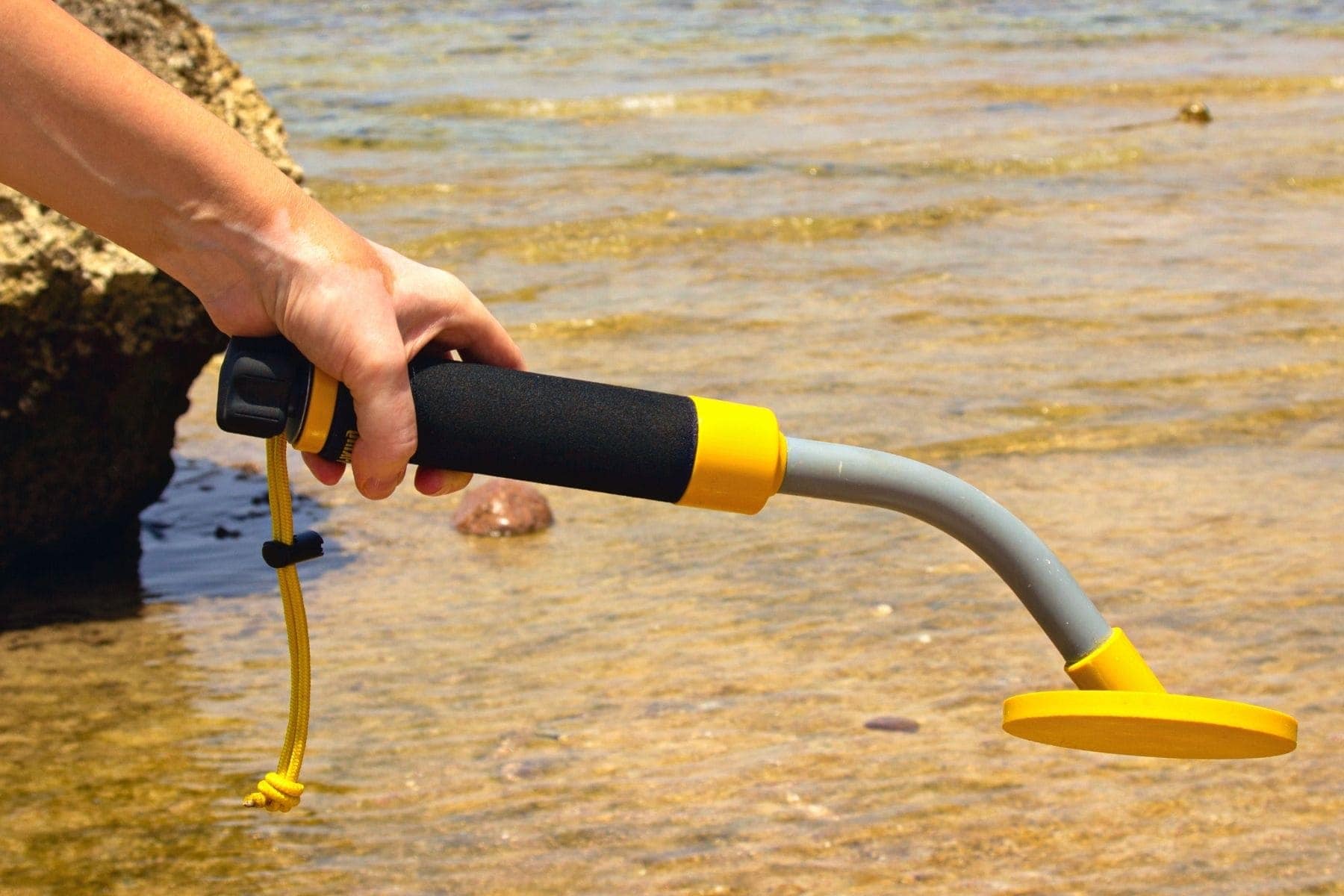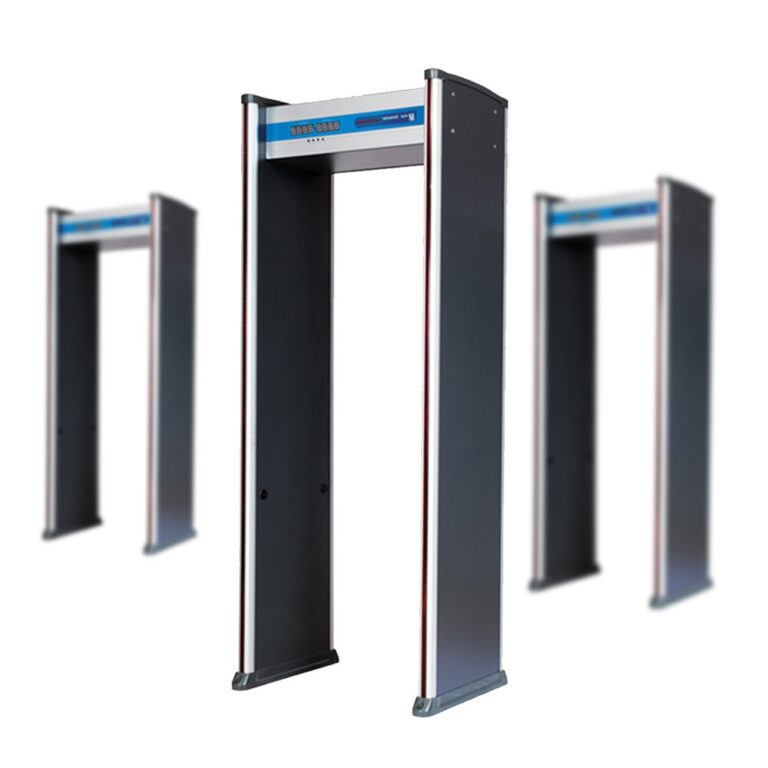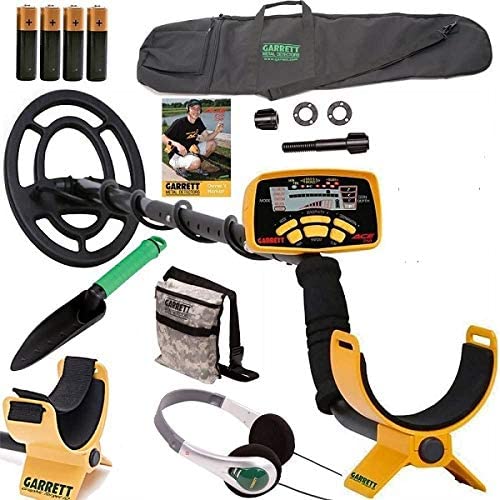How Do Metal Detector Sticks Work
When you wave a metal detector stick over the ground, it sends electromagnetic waves. These waves are absorbed more by metal than by other materials. When the waves hit a piece of metal, they bounce back and are detected by the stick.
The stick then vibrates or makes a sound to tell you there is metal nearby.
How Do Metal Detector Sticks Work? We all know how metal detectors work, right? We’ve seen them in movies and on TV shows where someone waves a stick over an area, and it beeps if there’s metal nearby.
But have you ever wondered how those sticks work? Here’s a quick rundown! Metal detector sticks use electromagnetic induction to detect metal.
When electricity is applied to a coil of wire, it creates a magnetic field. This magnetic field can induce an electric current in another nearby conductor (like a metal). By measuring the strength of this induced current, the metal detector can tell how close the metal object is and whether or not it’s worth investigating further.
So next time you see someone using a metal detector stick, you’ll know exactly what’s going on!
How do Metal Detectors Work
How Do Metal Detector Wands Work?
How do metal detector wands work? Metal detector wands are handheld devices that emit an electromagnetic field. This field interacts with any metallic objects in the area, causing them to produce a signal detected by the wand.
The signal’s strength depends on the metal object’s size and composition. Metal detector wands are used in various settings, such as airports, schools, and government buildings. They are an effective way to detect weapons and other metallic objects that may pose a threat.
What will set off a Metal Detector Wand?
A few things will set off a metal detector wand, including -Metal objects, such as jewelry or coins -Ferrous (iron-containing) materials, such as steel or cast iron.
Non-ferrous metals, such as aluminum or brass -Certain minerals, such as quartz or mica. Anything that contains metal in some form will cause the detector to sound.
This is why removing all jewelry and other metal objects is important before going through security.
How sensitive are Metal Detector Wands?
Regarding security, there is no such thing as being too cautious. This is why metal detectors are important in many public places like schools, courthouses, and airports. But how sensitive are these devices?
Metal detector wands use low-frequency electromagnetic waves to detect metal objects. The wand emits a magnetic field that interacts with metal objects nearby, causing them to emit their magnetic field. The metal detector picks up this change in the magnetic field and alerts the operator.
The strength of the magnetic field emitted by the wand depends on its setting. For example, a higher setting will be needed to detect smaller objects or those made of weaker metals. In general, though, most metal detectors can pick up anything from a paperclip to a handgun at a range of about six inches.
Some newer models of metal detectors are even more sensitive, with some able to detect items as small as a coin at a range of just two inches. However, these more sensitive models are more likely to give false positives, so they must be used carefully.
How Do Hand Held Metal Detectors Work?
When you think of a metal detector, you probably think of those large, bulky machines people use to scan for treasure. But did you know that there are also handheld metal detectors? These smaller devices can be just as effective as their larger counterparts and are much more convenient.
But how do they work? Hand-held metal detectors use a process called induction to detect metals. All metals are conductive, which means they can conduct electricity.
The detector sends out an electromagnetic field, and when this field comes into contact with a piece of metal, it creates a magnetic flux. This flux changes the electromagnetic field, which the detector picks up and uses to identify the presence of metal. One advantage of using induction to detect metals is that it’s not affected by other materials, such as soil or water.
This means that hand-held metal detectors can be used in a variety of environments, both indoors and outdoors. They’re also relatively simple devices, which makes them easy to use and maintain. If you’re interested in trying out a handheld metal detector, many different models are available on the market.
Doing your research before purchasing one is important, as some models are better suited for certain tasks than others.
Hand-Held Metal Detector Procedure
If you are using a hand-held metal detector, there are certain procedures you must follow to ensure that it is used correctly. Here are the steps you need to take:
- Read the manual for your specific metal detector model. This will tell you how to operate the device properly.
- Scan an area thoroughly before moving on. Make sure you cover every square inch of ground to catch everything important.
- Take your time when scanning an area. If you rush, you may miss something vital.
- Be careful to swing the metal detector slowly.
This can cause false positives and make finding what you’re looking for easier.
What Do Metal Detector Wands Detect
If you’ve ever been to an airport, you’ve probably seen security guards waving metal detector wands around people’s bodies. But what exactly are these wands detecting? Metal detectors are designed to pick up on metal objects that may be hidden on a person’s body.
The wand part of the detector is simply an extension of the main machine, which helps the guard get a closer look at any suspicious areas. Most metal detectors can pick up on both ferrous and non-ferrous metals. Ferrous metals contain iron and are usually magnetic (think steel).
Non-ferrous metals, like aluminum, brass, and copper, don’t contain iron and aren’t usually attracted to magnets. Some wands also have special sensors that detect explosives or other dangerous materials. However, these detectors are usually only found in high-security areas like government buildings or military bases.
How Do Metal Detectors Work
How Do Metal Detectors Work? Have you ever wondered how those handheld metal detectors at airports work? Or how about the ones that people use to find buried treasure?
Metal detectors are simple devices that use electromagnetism to detect metal. Here’s a quick rundown of how they work: A metal detector contains a coil of wire that creates a magnetic field. When metal is brought into the magnetic field, it disrupts the field and causes a current to flow through the coil.
This current is amplified and passed on to headphones or a speaker, which lets the user know there is metal nearby. Different metals will cause different amounts of disruption, so more sophisticated detectors can identify what type of metal has been found. The strength of the signal also depends on how big the piece of metal is and how close it is to the coil.
Metal detectors can find all sorts of things, from hidden pipes and wires in walls to lost keys and coins in sand or dirt. They’re also helpful for security, as they can detect weapons or metallic objects that someone might be trying to sneak into an event or building.

Conclusion
A metal detector stick is a handheld device that uses magnetic fields to detect metals. The stick contains a magnet and an electronic sensor that emits a signal when it comes in contact with metal. The strength of the signal depends on the type and amount of metal detected.







